Germans are famous for their attachment to cash, but more than two decades after the introduction of the euro, millions of old German Mark (DM) coins and colorful banknotes still sit in many people's drawers.
While some of these old coins are in the hands of Germans or nostalgic collectors, and some may be used as souvenirs brought back home by tourists from around the world over the years, experts say that countries that used to use DM as a reserve currency still hold some. Of the 162.3 billion DM in circulation in 2002, more than half have not returned to Germany in the past two decades.

According to the Bundesbank (Germany's central bank), at the end of 2023, there will be 12.24 billion DM still in circulation in Germany, including 5.68 billion DM in banknotes and 6.56 billion DM in coins. Even for the largest economy in the European Union (EU), this is a significant amount of money sitting idle, especially at a time when the government is looking for funding for infrastructure projects such as the green energy transition and rail upgrades that are crucial to the country's economic future. The Bundesbank is always ready to exchange DM for EUR for anyone who needs it at any Bundesbank branch in any amount. The exchange rate is fixed at 1 EUR = 1.95583 DM and the service is free.
In 2023, more than 90,000 people exchanged more than 53 million DM for 27 million EUR, up from 2022. Of this, two-thirds were in banknotes, one-third in coins. Importantly, the Bundesbank assured people that there are no plans to stop this service. Other countries that use the EUR only offer a limited opportunity to exchange money. In France, any Franc hoarders had until March 31, 2008, to exchange their money. Greece was a little more generous and gave people until March 2012 to exchange their Drachma. Fortunately, for Germans, there is no rush, especially since many still miss the old memories.
According to the latest research by the Forsa Market Research Institute, in 2021, despite the increase in cashless payments, cash remains the most frequently used means of daily payment in Germany, with 58% of goods and services purchased in cash. In particular, visitors to Germany can also look for the DM trillion banknote printed during the hyperinflation period in the Weimar Republic (Germany, 1921-1923). It was a severe economic crisis characterized by extremely rapid inflation. The causes were factors such as war reparations, excessive money printing, and economic collapse.
DM banknotes are extremely valuable as collectibles or historical artifacts. They serve as reminders of the hyperinflationary era. The 100 trillion DM note is especially sought after for its historical significance. It is one of the most valuable Berlin souvenirs. DM also reminds Germans and visitors of the historical journeys of Germany from the early 20th century to German reunification in 1991 and Germany's entry into the eurozone, ending the DM's mission.
HUY QUOC
Source



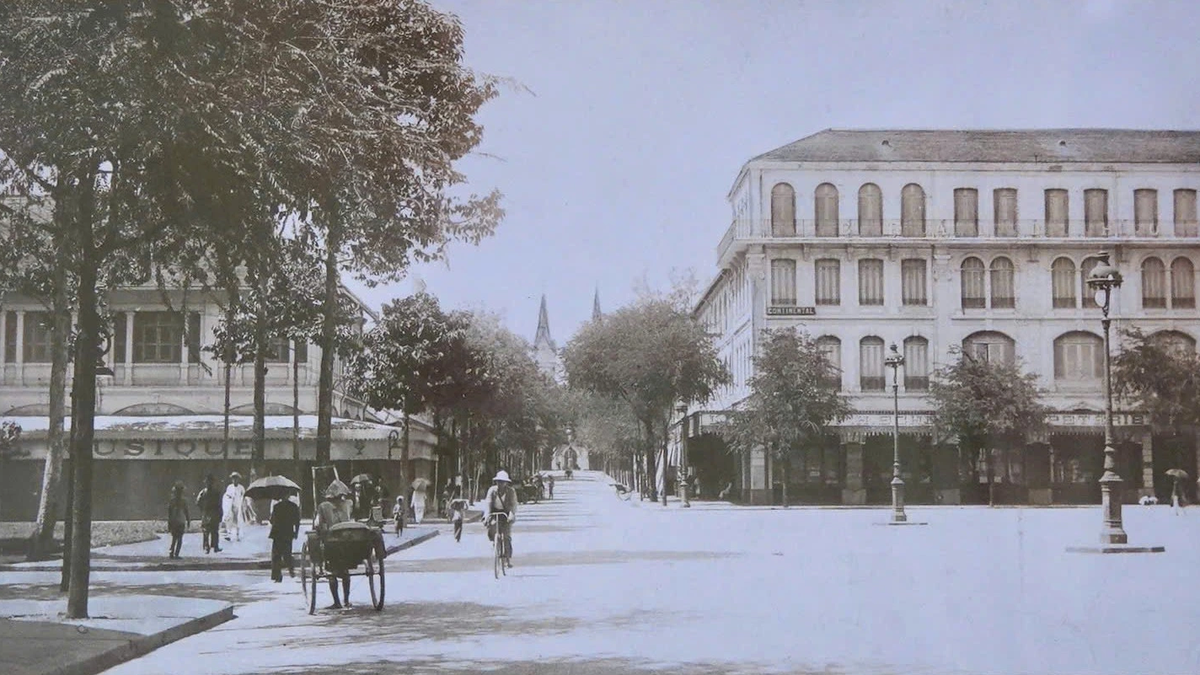



![[Photo] The Steering Committee of the 2025 Fall Fair checks the progress of the organization](https://vphoto.vietnam.vn/thumb/1200x675/vietnam/resource/IMAGE/2025/10/20/1760918203241_nam-5371-jpg.webp)
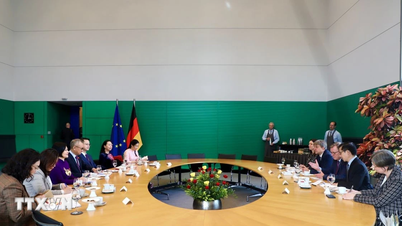

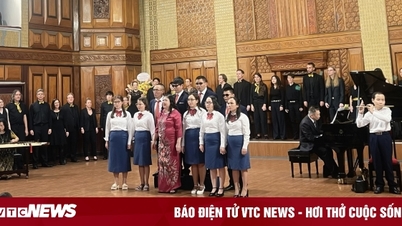


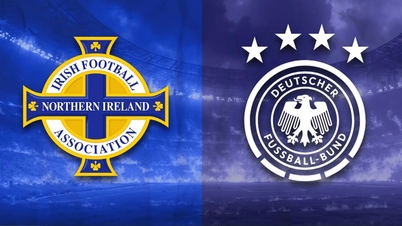



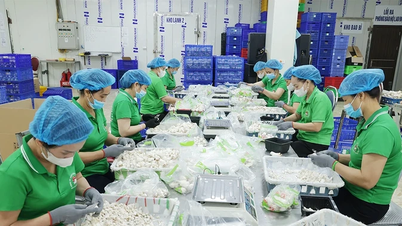




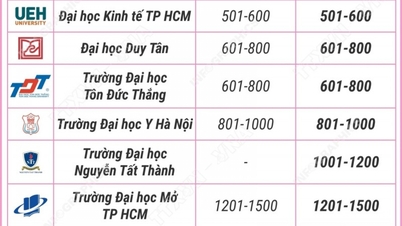


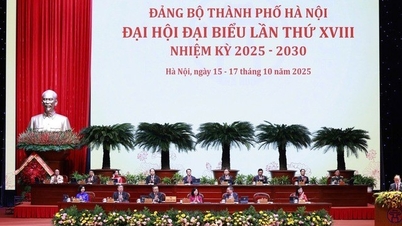






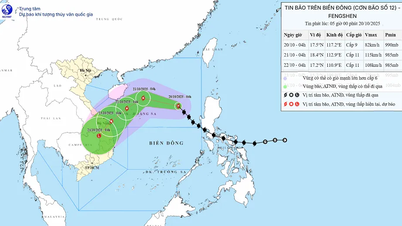


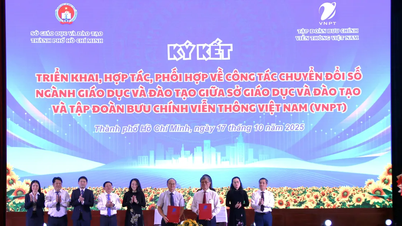




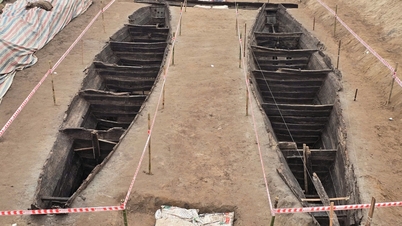

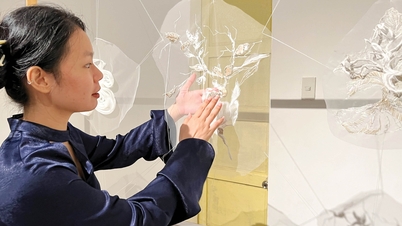





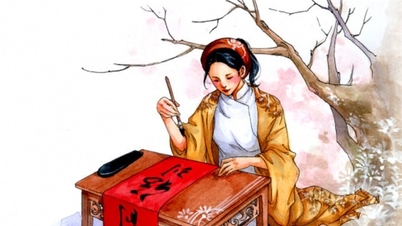






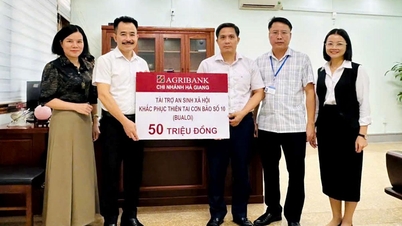

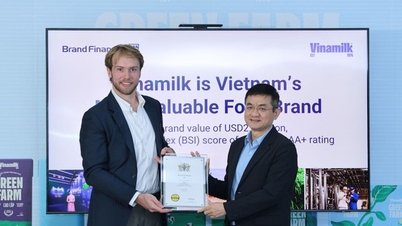









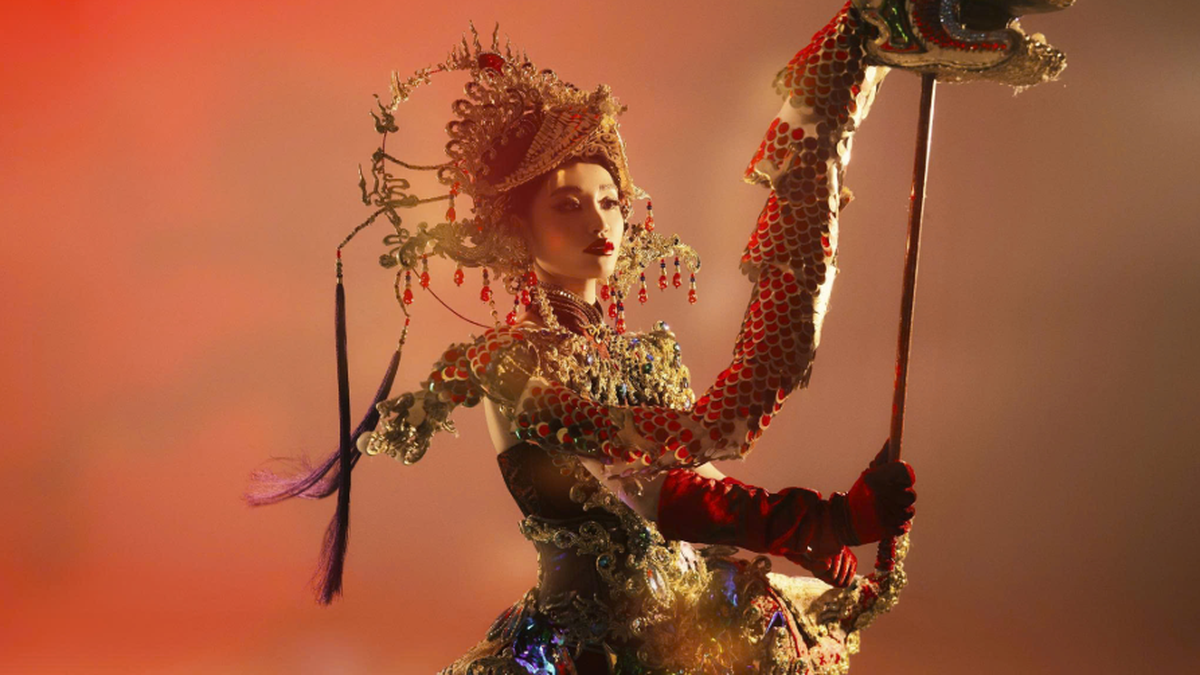
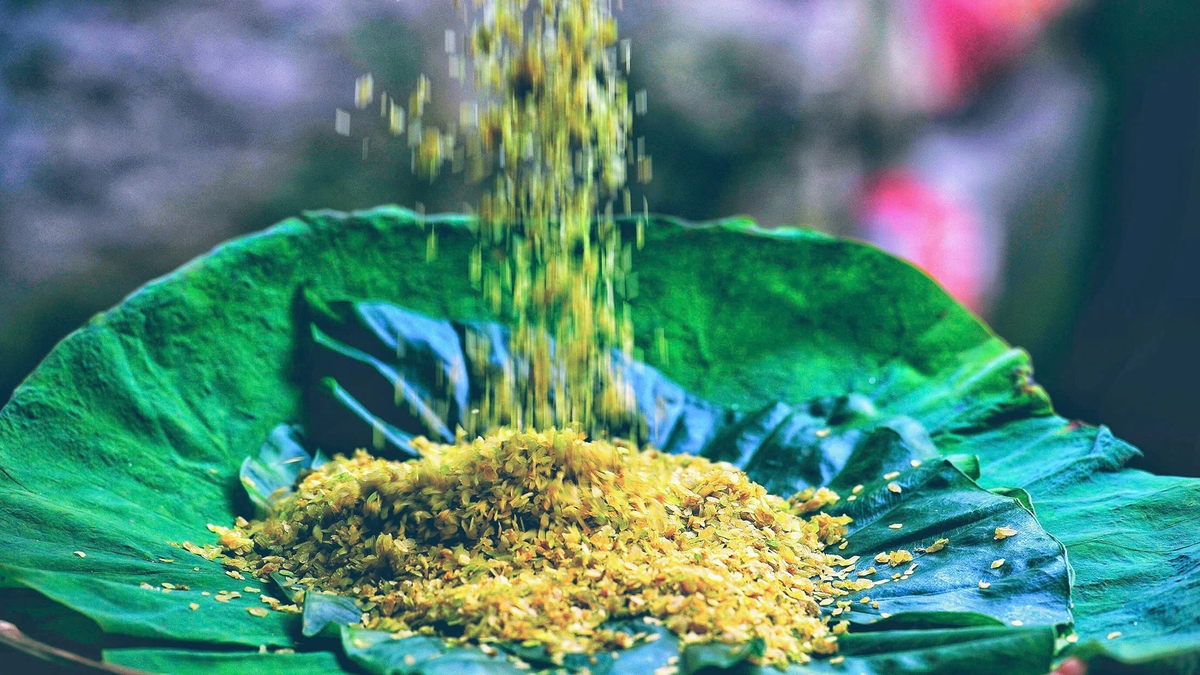



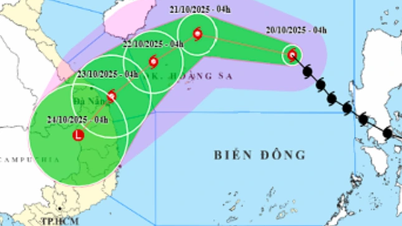



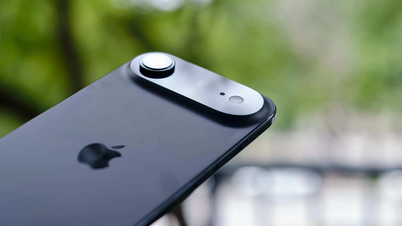
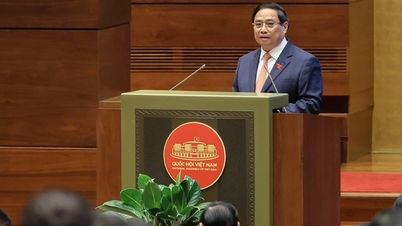



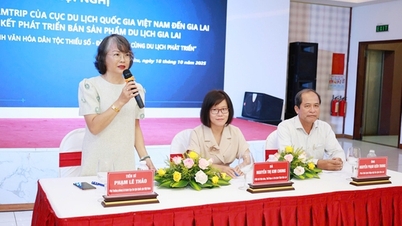




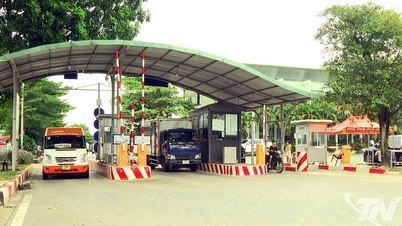















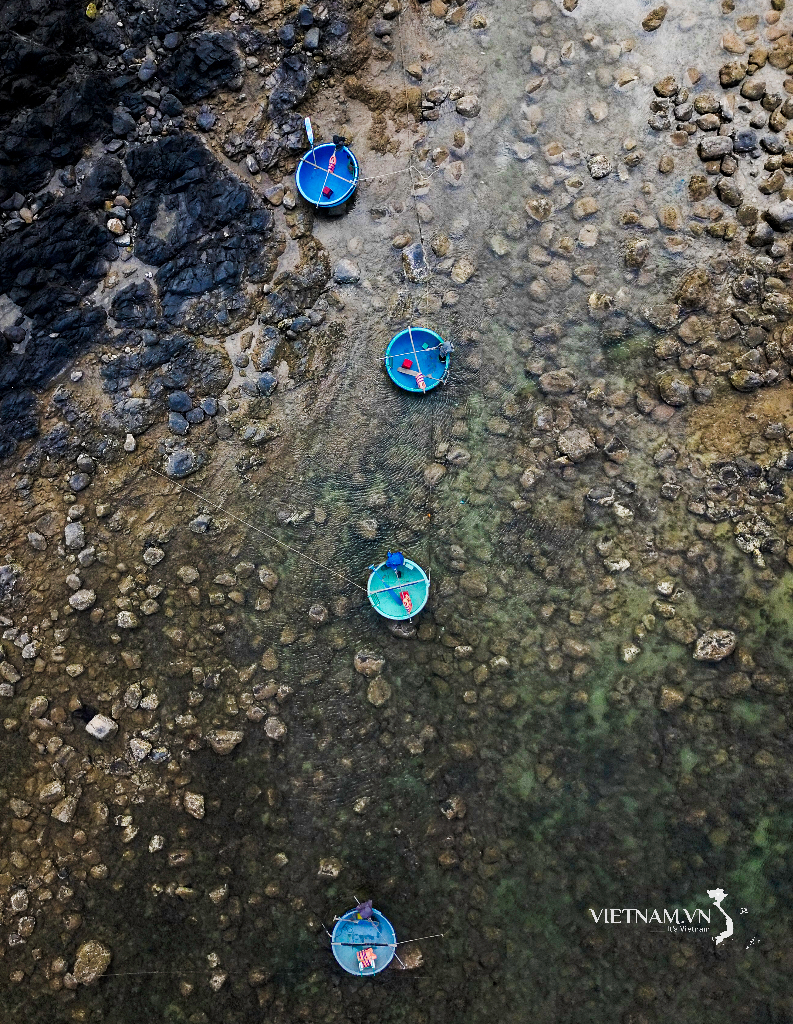


Comment (0)